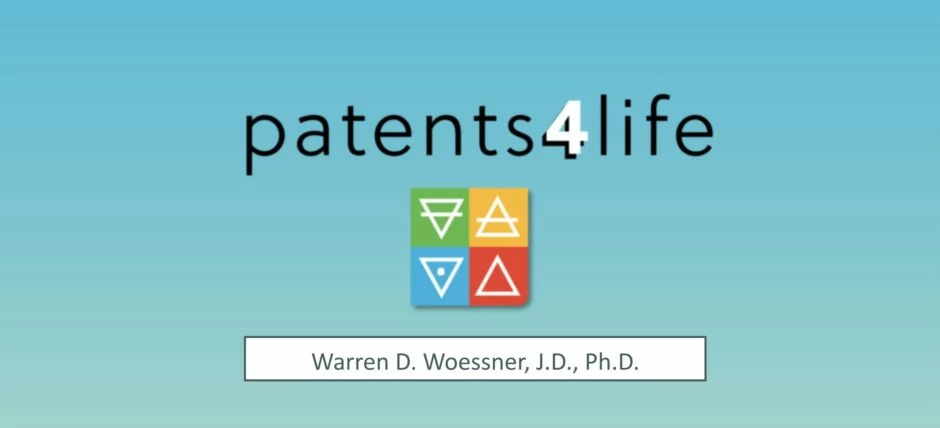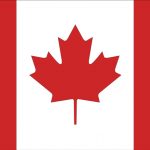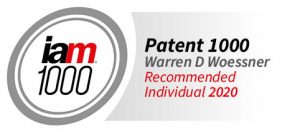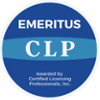 Although this list will reach most the readers of Patents4Life after 2019 begins, 2018 deserves some attention even if it has the feel of “those we lost in 2018” lists. Although most of my colleague-commentators have published their lists by now, I have not read any of them but rather, scanned my archives to look for patent news of note. If you want to re-read the original posts, you can look at the archives for the month my original post occurred. The comments below are notably citation-free, since I didn’t want to write a law review article to get my impressions down.
Although this list will reach most the readers of Patents4Life after 2019 begins, 2018 deserves some attention even if it has the feel of “those we lost in 2018” lists. Although most of my colleague-commentators have published their lists by now, I have not read any of them but rather, scanned my archives to look for patent news of note. If you want to re-read the original posts, you can look at the archives for the month my original post occurred. The comments below are notably citation-free, since I didn’t want to write a law review article to get my impressions down.
(1-3) Although this blog focuses on life sciences news, the three IP related Supreme Court decisions must be noted. In April, the Oil States Energy Services v. Greene’s Energy Group (appeal 16-712) the Court held that IPR is an appropriate exercise of power by Congress to assign adjudication of public rights, e.g., patent rights, to the PTO.
In SAS v. Iancu, also decided in April, the Court held that s. 318(a) requires that the PTAB must review all challenged patent claims. No more “partial institutions” of IPR (appeal 16-989).
In WesternGeco LLC v. Ion Geophysical Corp. (16-1011), the Court held that infringement under s. 271(f)(2) permits the recovery of foreign profits as damages for infringing acts carried out in the U.S. (June 22d). Continue reading







